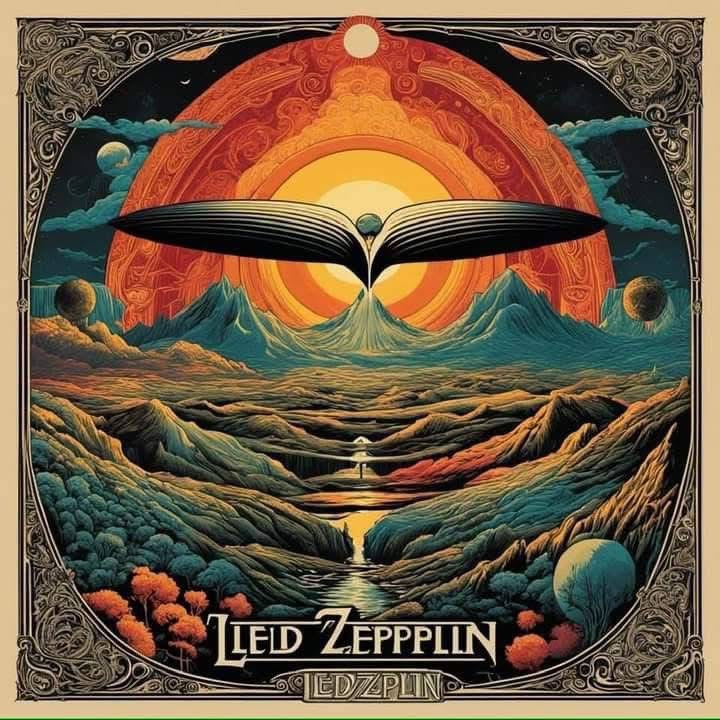Physical Graffiti, released 50 years ago in 1975, stands as one of Led Zeppelin’s most ambitious and celebrated works. Initially intended to be a single LP consisting of just eight new tracks recorded in early 1974 at Headley Grange, the project quickly evolved. When the band realized the new material exceeded the length limits of a standard album but fell short of a full double LP, they decided to revisit their archives. They selected unreleased tracks from earlier sessions for Led Zeppelin III, IV, and Houses of the Holy, expanding the release into a sprawling double album.
The result was a diverse and dynamic collection of music that highlighted Led Zeppelin’s extraordinary range and creativity. From the thunderous hard rock of “Custard Pie” and “The Rover,” to the sprawling, progressive epic “Kashmir,” the album demonstrates the band’s ability to shift seamlessly between genres. Tracks like “Bron-Yr-Aur” reflect their acoustic and folk influences, while “Boogie with Stu” and “Black Country Woman” show a playful, rootsy side. Even blues and funk make appearances, showcasing the group’s refusal to be boxed into one style.
Critically acclaimed upon release, Physical Graffiti not only topped the charts but also cemented Led Zeppelin’s status as rock innovators. The band’s decision to blend new material with previously shelved recordings gave the album a unique character—both forward-looking and reflective of their past. Its release was also a commercial success, quickly going multi-platinum and influencing countless artists across multiple genres.
Half a century later, Physical Graffiti remains a testament to Led Zeppelin’s musical versatility, ambition, and enduring legacy. Whether through the hypnotic pulse of “Trampled Under Foot” or the mystic grandeur of “Kashmir,” the album captures the band at the height of its powers—restless, experimental, and utterly uncompromising.










